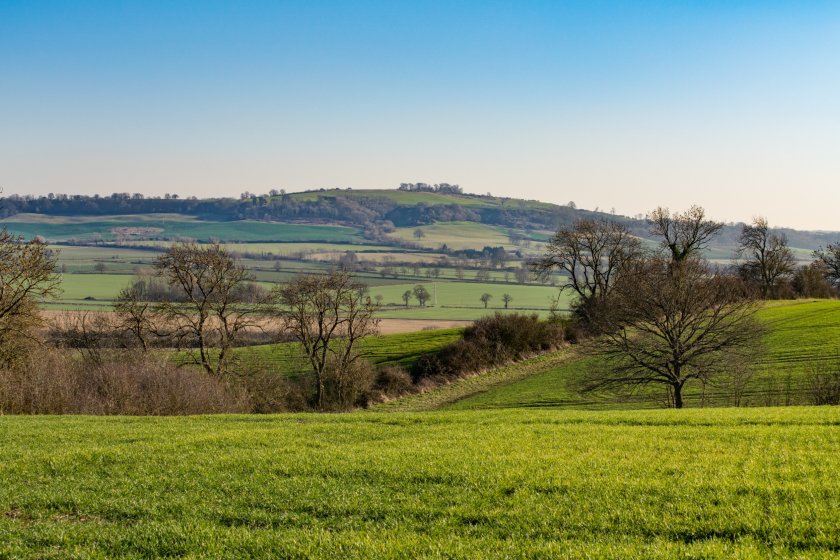
The supply of farmland for sale is being met with good demand and contributed to a third-quarter rise in average values, new analysis shows.
Average arable land values in England and Wales rose by 0.9% to £9,722 per acre, while average pasture land values climbed 0.7% to a new high of £7,889 per acre.
This is according to the latest Farmland Market Update from the property consultant Carter Jonas, which shows positive growth across the board.
Some buyers and sellers have accelerated their activity over the past few months in order to complete sales and purchases before the government’s autumn budget.
Prime Minister Kier Starmer has warned that the budget on 30 October could be 'painful', but the extent of the impact on landowners is not yet known.
Carter Jonas says some farmland launches have also been delayed as a result and could instead hit the market in the spring when more clarity exists around the tax treatment of agricultural land and property.
Andrew Chandler, head of rural agency at the consultant, said land values’ upward trajectory was being underpinned by historically low levels of supply and evenly matched levels of demand.
“The market is also attracting more alternative buyers (particularly for natural capital purposes) and is benefitting from the presence of ‘waiting capital’ from rollover funds," he added.
“Many assets are performing well but we are seeing some segments of the market becoming more price sensitive.
"Therefore, it’s essential that land is realistically priced, as we aren’t seeing values being routinely exceeded anymore, thanks to the increased cost of borrowing and a cautious ‘wait-and-see’ approach to the upcoming budget.”
The economic backdrop has improved considerably over the past 18 months, with more positive changes on the horizon, the analysis notes.
Although CPI inflation increased slightly, it has fallen dramatically from its peak of 11.1% in October 2022.
This enabled the Bank of England to lower interest rates in August, marking a positive turning point, and a further base rate cut is likely before the end of 2024.
Sophie Davidson, research associate at Carter Jonas, said: “We expect lower borrowing costs to boost the housing market, improve cash flow for those with existing debt, and expand the pool of potential buyers who rely on financing.”
Despite this, the industry continues to face uncertainty over the forthcoming budget, which has influenced both buyer and seller behaviour.
Labour’s manifesto set out £9 billion in tax rises but there is speculation that the budget could exceed that.
Carter Jonas says there is hesitation in the market as the industry anticipates possible scrutiny of capital gains tax and agricultural property relief on inheritance tax, as well as potential cuts to Defra’s budget.
Mr Chandler concluded: “Although we don’t expect changes to trigger an immediate or significant response from the industry, increased clarity should improve market sentiment.
“Landowners will also be keen to learn more about the tax treatment of land used in environmental schemes as that will play a key role in future land management decisions, as well as sales and purchases.”
